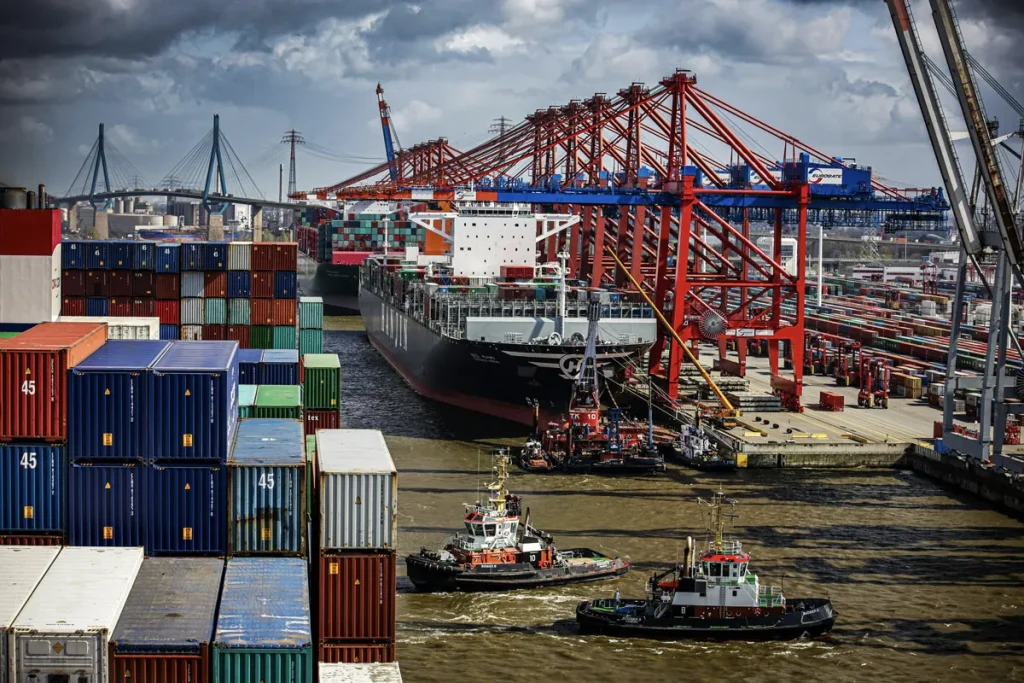International standards are playing a crucial role in shaping the future of intermodal transport, establishing uniform guidelines that enhance the efficiency, safety, and sustainability of global operations. This article explores the role of these standards and how their implementation is influencing the sector.
Table of contents
- Introduction
- Importance of international standards
- Efficiency and safety in intermodal transport
- Sustainability and environmental standards
- Challenges in adopting international standards
- Conclusions
Introduction
In the era of globalization, intermodal transport plays a fundamental role in connecting markets and nations. International standards facilitate this connection, offering a common framework that ensures interoperability between different modes of transport and various jurisdictions.
Importance of international standards
Homogeneity in operations
International standards provide uniform guidelines that help minimize discrepancies in intermodal transport operations, allowing for smoother movement of goods across borders.
Facilitation of global trade
The adoption of common standards simplifies customs and logistics procedures, reducing waiting times and costs associated with international trade.
Efficiency and safety in intermodal transport
Standardization of logistics processes
The standardization of logistics processes through international standards not only improves efficiency but also reduces the likelihood of errors in intermodal transport operations. Uniform coding of information and standardized documentation facilitate smoother interaction among the various supply chain actors.
Data security
With the increase in digitalization in intermodal transport, standards related to data security and information protection are becoming increasingly important. These standards help prevent the loss of sensitive data and combat the risk of cyber-attacks that could disrupt operations.
Sustainability and environmental standards
CO2 emissions
International standards that set strict limits on CO2 emissions for transport vehicles push the industry towards adopting cleaner solutions, such as electric or hydrogen-powered vehicles, in line with global goals for reducing climate impact.
Sustainable container management
The introduction of standards related to the production, maintenance, and end-of-life of containers promotes greater environmental responsibility. This includes promoting material recycling and the use of renewable resources or recycled materials in container production.
Challenges in adopting international standards
Regulatory divergences
Differences between national regulations and international standards can create complications for companies operating on a global scale, requiring careful navigation through various legal and operational requirements.
Compliance costs
Adapting to international standards can entail significant costs, especially for small and medium-sized enterprises. This includes investments in new technologies, staff training, and infrastructure upgrades.
Conclusions
International standards are a fundamental component of intermodal transport, providing a framework to enhance efficiency, ensure safety, and promote sustainability. While the path to universal adoption of these standards presents challenges, the long-term benefits for the sector and society as a whole are invaluable.
The continuous evolution of standards, in response to technological innovations and environmental needs, requires ongoing commitment from all intermodal transport stakeholders. Collaboration, investment in technology, and a focus on training are essential to overcoming barriers to adoption and fully leveraging the advantages of international standards.
hrough a joint approach and commitment to innovation and sustainability, intermodal transport can continue to play a key role in global trade, effectively addressing present challenges and preparing for future opportunities.

